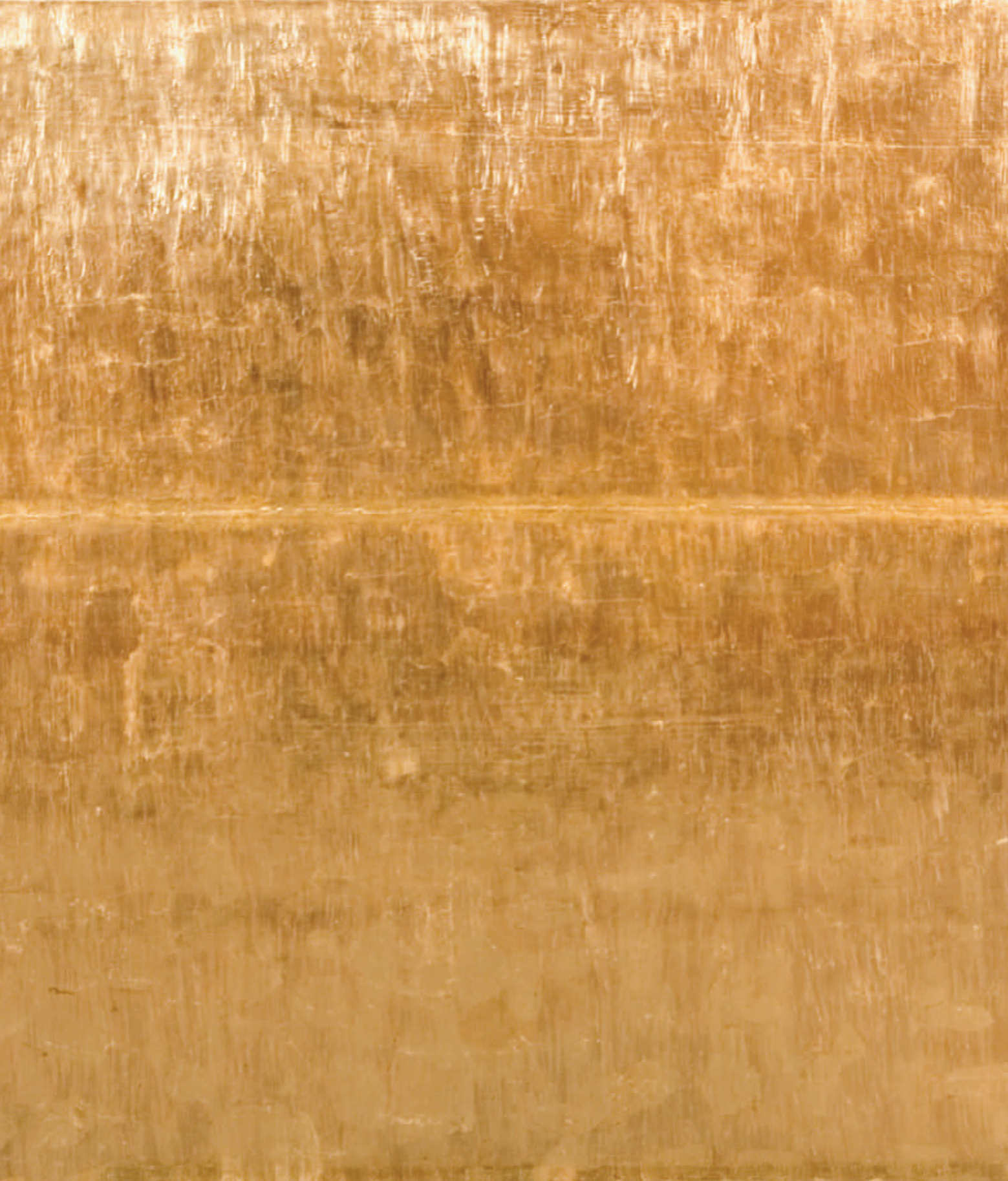Oro
Mathias Goeritz
Gold
This piece is part of the series known as Mensajes [Messages] or Dorados [Gold Finishes], in which the artist sought to incorporate spiritual or religious concepts into modern art. Goeritz used the radiance and luminosity in these works as an allusion to the sacred, employing monochrome to negotiate the ancient Judeo-Christian debate on the prohibition against representing the divine.

The Mensajes are associated with Goeritz’s own spiritual quests from the early 1950s onward. In the following decade, these quests became openly religious, using manifestos, texts, and declarations to speak of God as a “stable” value in confronting the humanitarian crisis and general confusion of the post-war years. The luminous nature of these works was accentuated by their exhibition in dark spaces, lit only with candles, as in the Galería Antonio Souza in 1960.
In opposition to New Realism and abstraction, modes to which he referred in explicitly negative terms, Goeritz sought to develop a form of transcendental, metaphysical art, absorbing a spiritual function into his artistic practice. In his ties to European art, these works engage in dialogue with the monochromes of Yves Klein and Heinz Mack, which were practically unknown in Mexico at the time. This series participates in the international phenomenon of “updating” religious art in the 1950s and ’60s. Goeritz was a key actor in this liturgical aesthetic renewal in the Mexican context: in addition to Mensajes, he designed stained glass windows for churches and created medium-format crucifixes and sculptures to decorate both private and ritual spaces.
MATHIAS GOERITZ (1915–1990)
Oro, ca. 1960
Gold
Gold leaf on wood
Acquisition, 2005


